If you want to know what the most accurate way to measure your level of body fat is, and how knowing that number can help you lose weight, then you want to read this article.
Have you everlooked in the mirror to check yourself out (and let's be honest here, we all have time to time, especially when coming off a prolonged cut)?
Ever thought to yourself, "gee, I look pretty good. I wonder what my body fat percentage is."
You're not alone. Millions of people whohave made incredible physique transformations or those gearing up for a bodybuilding competition have pondered the same thing.
In an effort to estimate and predict your body fat percentage, you've probably tried searching Google for the how to determine body fat percentage, to which you were inundated by all sorts of methods to best estimatewhere you're at.
And that's exactly what measuring body fat percentage is -- an estimate or a prediction, very similar to what a meteorologist does in giving you the weekly forecast. He's predicting the weather will actually be, he's not telling you with 100% certainty what's going to happen outside today.
That said, we arrive at the topic of today's article -- how to measure body fat percentage and how knowing that number can help you lose fat.
Ahead, we'll help you determinewhat is the best body fat percentage testing method among the litany of options out there for your needs.
What is Body Fat Percentage?
When discussing body composition, people tend to use the terms “body fat percentage” and “body mass index” or “BMI” interchangeably.
And, while each does have to deal with body composition, they are, in fact, very different things.
You see, “body composition” is a breakdown of what your body is made of -- bones, organs, blood, water, skeletal muscle, and fat.
“Body mass index” (a.k.a. Quetelet index) is a numerical value derived from your height and weight. More specifically, BMI is an individual’s body mass divided by the square of the body height (kg/m2),
“Body fat percentage” is pretty self explanatory, it’s the amount of fat you’re carrying around expressed as a percentage of your weight. Therefore, when you measure your body fat percentage, you’re determining how much of your current weight is pure fat.
Sound a bit confusing?
Here’s an example to clarify things a bit more:
Let’s say a very fit male weighs 180 pounds and 18 of those pounds are pure fat. His body fat percentage would be 18 divided by 180, which gives a value of 0.10. Expressed as a percentage, 0.10 is 10% body fat.
Now, this percentage can change for better or worse depending on whether or not our example guy gains muscle, loses muscle, gains fat, or loses fat.
So, let’s say he decides to undertake a controlled lean bulk, all the while following a proper diet and training program and puts on 20 pounds.
Our example guy now weighs 200 pounds, of the 20 pounds he gains, 6 of them were fat. So, now he weighs 200 pounds with 24 pounds of fat.
While adding 14 pounds of muscle will noticeably transform any person’s physique, his overall body fat percentage hasn’t changed all that much, as 24 divided by 200 is 12%.
Now, let’s look at the flip side.
Let’s say our example lifter suffers an injury or just gets sick of training (which many people do after years of heavy lifting) and takes 6 months off of lifting. During this time he loses 15 pounds of muscle but doesn’t lose any fat.
So, now, he weighs 185 pounds, and is still carrying around 24 pounds of fat. After the long layoff his resulting body fat percentage would be 24 divided by 185, or approximately 13%.
The takeaway here is that an individual’s body fat percentage can change over time depending on how your body composition changes.
How to Accurately Measure Body Fat Percentage
If you do a quick Google search for “how to measure body fat”, you’ll be inundated by a wide assortment of gadgets and gizmos, ranging from the rather simple old school calipers, to the highly portable and technologically complicated hand-held devices. Deciding which is the right one for your needs or even which one gives you the most accurate reading can be highly confusing.
We’ll discuss each of the most popular body fat percentage measuring devices ahead, but first, let’s make something clear:
Regardless of which method or device you use to measure your body fat percentage, they all have their shortcomings and margin of error. Additionally, the body fat percentage reading you get from one device could be wildly different from what you get using a different device.
For example, a DEXA scan could tell you that your body fat percentage is 10%, while a set of handheld calipers could put you at 8%.
Does this mean that body fat tests aren’t reliable? Should you even bother trying to determine and track your body fat percentage?
Let’s find out by starting with the basic, old school method for determining body fat percentage -- calipers.
Handheld Body Calipers & Skinfold Testing
Chances are you’ve been at the gym and seen a trainer tugging and pulling at the skin of a new trainee all the while placing a chunk of pinched skin between a set of plastic or metal “arms.”
What you just witnessed was a crude skinfold test, and the device that the trainer was using is called a caliper.
How does shoving some pinched skin between a set of plastic prongs tell you your body fat percentage?
Here’s how skinfold testing works:
You use the caliper to measure skin thickness at several locations on the body. Then, you add these measurements together and plug the sum into an equation, which provides an estimate of your body fat percentage.
As you might expect, there are some drawbacks to this method of measuring body fat percentage.
First, and most obvious, is that the caliper readings are heavily subject to user error.
For example, if you pinch too little skin, you can get a measurement that is too low. And, on the flip side, if you pinch too much skin, you’ll get a reading that’s greater than what your true body fat percentage is.
But, let’s say you pinched just the right amount of skin, there’s still a problem of using a bad equation as studies have shown that the caliper and skinfold testing method for assessing body fat percentage can be off by as much as 15% with a margin of error of +/- 6 points.
Additional research using bodybuilders noted that error rates were lower by still varied by 3-5 percentage points.[3,4]
Despite the wide variability in readings, assessing body fat percentage using skinfold testing and calipers can be a quick and affordable way to track your body composition over time.
It’s great for a rough estimate, and the reliability and accuracy of the skinfold testing can be improved if you have the same person do the measurements and skin pinches each time.
Taking Pictures
This is another old school, low tech method for tracking body composition changes over time. While it won’t give you an exact percentage like the other methods on this list will, you can certainly get a rough idea for what your body fat percentage is from the way you look in your pictures (without filters) as well as in the mirror.
To give you a rough idea, a nice set of six-pack abs show up for men when they reach 10-11% body fat. The “grainy” look that bodybuilders aspire to achieve starts becoming evident around 7% and lower.
Now, if you’re a female lifter, you know by now that you naturally carry more fat on your bodies than men, and therefore, the percentage when your abs start showing is slightly different. Women can generally start to see some great ab definition when hitting the 15-16% body fat range.
At this point, it’s also worth mentioning that while two people can have the same body fat percentage, they’ll look very different in the mirror.
Let’s say we have our example guy from earlier at 10% bodyfat and 180 lbs and we have individual who has never really trained, tends to undereat, and has incredibly fast metabolism.
While both guys have 10% body fat, one guy looks like Captain America while the other 10% body fat guy looks more like Gollum.
In the end, using calipers, pictures, and the scale is more than enough to gauge and track your body fat percentage for the majority of people who want to get jacked and tan. If you’re a physique competitor, on the other hand, you may want to check out some of these other options.
Bod Pod
Bod Pod (Air Displacement Plethysmography) testing is similar to the way hydrostatic weighing works, except with the bod pod, you’re not immersed in water.
Basically, you sit in a sealed chamber, while a technician runs a few tests which involve various sensors measuring the amount of air that’s displaced by your body.
The readings from the tests are then plugged into a set of equations that provide you with different body composition measurements.
Similar to underwater weighing, the Bod Pod is also plagued by inaccuracies, even more so than the hydrostatic testing method.
Various studies have shown that the error rates for Bod Pod body fat percentage analysis can be anywhere from 6 to 15%![6,7] other research found an average difference of 5.3% between the Bod Pod and the “gold standard” of body composition analysis the 4-compartment model.
Why is the Bod Pod worse than underwater weighing?
Well, part of the reason the Bod Pod is worse than underwater weighing is that there are more variables that can affect the results of the Bod Pod than that of underwater testing. For example, body temperature, tightness of swimsuit, moisture, and facial hair, can all impact the test.[8,9,10]
And, similar to underwater weighing, the Bod Pod can have errors when tracking changes over time. [11]
Given the wide variance in readings and less than stellar tracking of Bod Pod, it’s far from our top option to measure your body fat percentage.
Body Composition Scales and Handheld Devices
One of the latest fads sweeping the fitness industry the past couple of years has been the debut of various handheld devices and scales that provide a quick and easy way to measure your body fat percentage.
However, with convenience comes a pretty hefty lose in accuracy.
The way these devices work is a method known as bioelectrical impedance analysis (BIA for short), which essentially is a measure of your body’s resistance to a light electrical current.
You see, muscle is a really good conductor of electricity due to the fact that it’s over 70% water. Fat, on the other hand, contains less water, making it a poor conductor of electricity.
Therefore, a fatter body should put up more resistance to the electrical current.
But here’s the problem with all bioelectrical impedance analysis devices -- electricity seeks the path of least resistance.
What this means, is that an electric current will bypass fat tissue and find an easier path to navigate, which in this example is muscle tissue.
As you can imagine, this messes with the accuracy of any BIA device right from the get-go. But there’s more…
Most BIA devices only use two electrodes, meaning that if you step on a scale, such as a Tanita scale, the current passes through one leg and out the other, which means it doesn’t pass through your torso. Additionally, handheld devices send current through one arm and out the other, which again misses a large portion of your body.[12]
We’re still not done with the issues plaguing bioelectrical impedance analysis devices. Another one of the major problems with these machines is that they can vary significantly depending on your body conditions, meaning things such as how well hydrated you are can affect the readings.
For example, let’s say you run the test when you’re a bit dehydrated. This can give you a body fat percentage reading that is higher than what you actually are. On the flip side, testing with a BIA device shortly after eating can result in a reading that is significantly lower than your true body fat percentage, as much as 4.2% lower than your true body fat percentage.[13,14]
Testing before or after exercise also can impact the accuracy of handheld devices, too.[15]
There’s one last major flaw with BIA devices that warrant discussion -- the equations they use to calculate body fat percentage are fundamentally flawed.
You see, generating a body fat percentage estimate requires developing and equation in which you plug in an electrical impedance reading and get a body fat percentage. Depending on how good this algorithm is determines how valid the generated result is.
The way companies develop these algorithms is typically based on empirical evidence, meaning a company will:
-
Determine the body fat measurements of a large “control” group of people using an extremely accurate method for determining body fat percentage (such as the 4-compartment model).
-
Then, they’re measure the same control group’s body fat with the handheld device or scale
-
Next, the company will compare the two numbers and develop an equation that predicts and estimates BIA based on weight, height, gender, etc.
While this is a good idea on paper, if the method the company used to assess the control group at the start is less than stellar, you’re already starting off on a bad foot. This also means that your compounding error after error as you work your way to the final algorithm.
Often times when developing a BIA device, a company will use underwater weighing as the method to determine body fat percentage. However, as we stated above, this method can be as much as 6 percentage points off of your true body fat percentage.
So, now with your fancy handheld device or scale, you’re trying to predict your body fat percentage derived from hydrostatic weighing using bioelectrical impedance analysis BIA. And this prediction is also going to have a margin of error.
Basically what you get is error on top of error on top of error. This makes BIA devices extremely poor choices for measuring body fat percentage. Researchers have concluded much the same.[16]
Finally, since BIA devices don’t give consistent readings over time, they’re also not a viable option for tracking body composition changes over time.
DEXA
Of all the options presented thus far, DEXA is far and away the most technologically advanced.
DEXA (Dual-energy X-ray absorptiometry) works by “shooting” a very small dose of ionizing radiation at your body to produce a picture. This generates a full-body X-ray which is then used to calculate body fat percentage. In case you weren’t aware, fat tissue and fat-free tissue (muscle, bone, skin) absorb X-ray energy differently making it possible to measure each independently.
Due to this, DEXA is often thought of as the best way to measure body fat percentage, but research indicates that it can be just as wrong as the other methods we’ve discussed.[17] In fact, one piece of research noted that DEXA can be off by as much as 10%, while other studies note a much smaller error rate of around 4%.[18,19,20]
What’s the reason for the wide margin of error with DEXA?
Well, the accuracy of the readings are affected by a number of factors, including[21,22]:
-
Body size
-
Gender
-
Body fat
-
Hydration status
-
Disease status
Additionally, different DEXA machines use different algorithms, which as we just discussed with BIA devices, can work in your favor or against you.
The type of X-ray (pencil beam or fan) can also impact the accuracy of a DEXA scan.[23] And, to top it off, two different machines can generate different body fat percentages, even if they are the same make and model.
Similar to the other devices on this list, there’s no way to know with 100% accuracy, or even a little less, how valid the results from a DEXA scan truly are.
The 4-Compartment Model
Throughout this discussion of the various ways to measure body fat percentage, you’ve heard us reference the “gold standard” of body fat analysis -- the 4-compartment model.
What exactly is the 4-compartment model and what makes it so much better than all the other methods for how to measure body fat percentage?
Let’s discuss…
The 4-compartment model is a highly intricate and complex method for determining body fat percentage that involves 4 tests to measure:
-
Fat mass
-
Muscle tissue
-
Bone density
-
Water volume
Each of these measurements is collected using a particular testing method that has been proven to estimate the true value with incredible accuracy. These numbers are then compiled and manipulated to determine body fat percentage and has been shown to be very effective.[24] FYI, the 4-compartment model has been validated against cadavers.
However, if you don’t have access to a team of researchers, or don’t have the funds to pay for a team to run a bunch of tests on you, then don’t worry.
Here’s a surefire way to track your body fat percentage.
How to Track Body Fat Percentage Simply
Rather than waste time and money trying all the fancy, high-tech methods to measure your body fat percentage, we’ll show you how to track your weight loss and muscle gain progress.
Best of all, it requires very little expense and no fancy equipment. All you need to track body fat percentage are:
-
A scale
-
A caliper
-
A measuring tape
-
A mirror
Here’s how to assess your body composition:
Weigh yourself every day and calculate a weekly average
Body weight changes on an hourly basis depending on hydration status, bowel movements, glycogen levels, and water weight. Because of this, it’s imperative that you not obsess over minor fluctuations in body weight from one day to the next. This is also why using the scale as the sole means to measure weight loss is a poor method.
You do need to record your body weight every day though and then at the end of the week, take an average of the past seven days. Try to weigh yourself under the same conditions each day (same time, the same level of clothing, etc.) Ideally, you’d weigh yourself first thing in the morning after using the bathroom and before eating or drinking anything.
This provides a truer sense of what your actual weight is.
If, over time, your average weight is increasing, then you can feel very confident that you’re gaining mass (and if you’re doing things right, it will be muscle mass that you’re gaining). On the flip side, if you average is steadily decreasing, then you’re losing weight (which should be fat).
Measure with Calipers Weekly
At the outset of this article, we detailed how calipers aren’t the most accurate method for measuring body fat percentage due to the high amount of variability that can come with the amount of skin you pinch and how tightly you press with the calipers.
That being said, calipers can still be a good indication if you are gaining or losing fat over time.
Basically, if your skin is getting thicker, it means you’re gaining fat. If your skin is getting thinner, then you’re losing fat.
Record this caliper reading every week and keep track.
Measure your Waist, Bicep, and Quadriceps Weekly
Measure your bicep and quad that the thickest points, and measure your waist size at the navel using a tape measure. These three areas provide a quick and easy way to tell whether you’re gaining or losing fat.
Take Pictures Weekly
Numbers are important for tracking and measuring progress, but what matters most (in terms of body composition) is how you look in the mirror.
It can be easy to get caught up in a number on the scale and hard to assess small progress week to week, but documenting your progress with a picture will help reveal the gradual improvements that are occurring.
We recommend taking weekly pictures from the front, side, and back, preferably in good lighting and in your underwear or swimsuit.
These pictures also help keep you motivated when it seems like no progress is being made and can serve as a nice memento when you reach the end of your transformation and can see just how far you’ve come.
The Bottom Line on Measuring Body Fat Percentage
In an ideal world, we’d all have a top-notch team of elite scientists at our beck and call. Unfortunately, this isn’t an ideal world, and unless you are in the top 1% of athletes around the globe you don’t have a group of researchers waiting on you.
But, there’s no need to despair. You can (and should) measure your body fat percentage quickly, easily, and for little expense with just a few common tools. Regardless of the method you choose, remember to stay consistent with whatever method you do use. Then use that method as a guide to track weight loss and muscle gain.
Some other big takeaway pointers regarding how to measure body fat percentage:
-
Any number you get from any of the means to measuring body fat percentage is an estimate at best, and a rough estimate at that.
-
Even the best tools for measuring body fat percentage have an error rate of 4-5% when tracking changes over time. This means that you would need to change your body fat percentage by 4-5% to get a difference in machine readings. This again strikes another win for the simple tape measure, scale, pictures, and calipers approach
-
Fat free mass is not the same this as muscle mass. Just because a body composition machine says your fat-free mass goes up, doesn’t necessarily mean you’ve gained muscle.
-
Unless you’re a physique competitor, there’s really no need to ever have your body fat percentage tested. Using the old school approach of tape measure, scale, and calipers is more than enough.
-
If you are using skinfold testing and calipers, there really is no need to calculate a body fat percentage. As long as the skinfold measurements are going down, you’re losing body fat.
-
No matter which method for measuring body fat percentage you use, keep the measuring conditions as similar as possible between assessments.
The foundation of any successful fat loss journey boils down to proper diet and exercise, as without those in place, you will have no success. That being said, if you do follow a nutrition plan geared for fat loss and are training properly, a fat burner can help accelerate your progress.
Two of our favorites are Pyretic and Pyretic Black.
Pyretic Black is a stimulant-based fat burner that attacks weight loss from multiple directions helping boost metabolism, increase fat burning, and reduce appetite.
Pyretic is a stimulant-free fat burner ideal for those looking to up the ante of their fat loss from Pyretic Black or those wanting to increase metabolism and calorie burning without increasing their stimulant intake.
References
-
Jackson AS and Pollock ML. "Generalized Equations for Predicting Body Density of Men. - PubMed - NCBI." National Center for Biotechnology Information, www.ncbi.nlm.nih.gov/pubmed/718832.
-
Peterson MJ , et al. "Development and Validation of Skinfold-thickness Prediction Equations with a 4-compartment Model. - PubMed - NCBI." National Center for Biotechnology Information, www.ncbi.nlm.nih.gov/pubmed/12716670.
-
Evans EM , et al. "Body-composition Changes with Diet and Exercise in Obese Women: a Comparison of Estimates from Clinical Methods and a 4-component Model. - PubMed - NCBI." National Center for Biotechnology Information, www.ncbi.nlm.nih.gov/pubmed/10393132.
-
Van Marken Lichtenbelt WD , et al. "Body Composition Changes in Bodybuilders: a Method Comparison. - PubMed - NCBI." National Center for Biotechnology Information, www.ncbi.nlm.nih.gov/pubmed/15076792.
-
Collins MA , et al. "Effect of Race and Musculoskeletal Development on the Accuracy of Air Plethysmography. - PubMed - NCBI." National Center for Biotechnology Information, www.ncbi.nlm.nih.gov/pubmed/15179179.
-
Fields DA , et al. "Comparison of the BOD POD with the Four-compartment Model in Adult Females. - PubMed - NCBI." National Center for Biotechnology Information, www.ncbi.nlm.nih.gov/pubmed/11528352.
-
Collins MA , et al. "Effect of Race and Musculoskeletal Development on the Accuracy of Air Plethysmography. - PubMed - NCBI." National Center for Biotechnology Information, www.ncbi.nlm.nih.gov/pubmed/15179179.
-
Higgins PB , et al. "Effect of Scalp and Facial Hair on Air Displacement Plethysmography Estimates of Percentage of Body Fat. - PubMed - NCBI." National Center for Biotechnology Information, www.ncbi.nlm.nih.gov/pubmed/11346675.
-
Fields DA , et al. "Assessment of Body Composition by Air-displacement Plethysmography: Influence of Body Temperature and Moisture. - PubMed - NCBI." National Center for Biotechnology Information, www.ncbi.nlm.nih.gov/pubmed/15059287.
-
---. "Validation of the BOD POD with Hydrostatic Weighing: Influence of Body Clothing. - PubMed - NCBI." National Center for Biotechnology Information, www.ncbi.nlm.nih.gov/pubmed/10702771.
-
Mahon AK , et al. "Measurement of Body Composition Changes with Weight Loss in Postmenopausal Women: Comparison of Methods. - PubMed - NCBI." National Center for Biotechnology Information, www.ncbi.nlm.nih.gov/pubmed/17508096.
-
Bosy-Westphal A , et al. "Accuracy of Bioelectrical Impedance Consumer Devices for Measurement of Body Composition in Comparison to Whole Body Magnetic Resonance Imaging And... - PubMed - NCBI." National Center for Biotechnology Information, www.ncbi.nlm.nih.gov/pubmed/20054195.
-
Lukaski HC , et al. "Validation of Tetrapolar Bioelectrical Impedance Method to Assess Human Body Composition. - PubMed - NCBI." National Center for Biotechnology Information, www.ncbi.nlm.nih.gov/pubmed/3700310.
-
Slinde F and Rossander-Hulthén L. "Bioelectrical Impedance: Effect of 3 Identical Meals on Diurnal Impedance Variation and Calculation of Body Composition. - PubMed - NCBI." National Center for Biotechnology Information, www.ncbi.nlm.nih.gov/pubmed/11566645.
-
Kushner RF , et al. "Clinical Characteristics Influencing Bioelectrical Impedance Analysis Measurements. - PubMed - NCBI." National Center for Biotechnology Information, www.ncbi.nlm.nih.gov/pubmed/8780358.
-
Buchholz AC , et al. "The Validity of Bioelectrical Impedance Models in Clinical Populations. - PubMed - NCBI." National Center for Biotechnology Information, www.ncbi.nlm.nih.gov/pubmed/16215137.
-
Evans EM , et al. "Body-composition Changes with Diet and Exercise in Obese Women: a Comparison of Estimates from Clinical Methods and a 4-component Model. - PubMed - NCBI." National Center for Biotechnology Information, www.ncbi.nlm.nih.gov/pubmed/10393132.
-
Clasey JL , et al. "Validity of Methods of Body Composition Assessment in Young and Older Men and Women. - PubMed - NCBI." National Center for Biotechnology Information, www.ncbi.nlm.nih.gov/pubmed/10233141.
-
Van Der Ploeg GE , et al. "Percent Body Fat Via DEXA: Comparison with a Four-compartment Model. - PubMed - NCBI." National Center for Biotechnology Information, www.ncbi.nlm.nih.gov/pubmed/12531910.
-
Van Marken Lichtenbelt WD , et al. "Body Composition Changes in Bodybuilders: a Method Comparison. - PubMed - NCBI." National Center for Biotechnology Information, www.ncbi.nlm.nih.gov/pubmed/15076792.
-
Williams JE , et al. "Evaluation of Lunar Prodigy Dual-energy X-ray Absorptiometry for Assessing Body Composition in Healthy Persons and Patients by Comparison with the ... - PubMed - NCBI." National Center for Biotechnology Information, www.ncbi.nlm.nih.gov/pubmed/16685045.
-
Prior BM , et al. "In Vivo Validation of Whole Body Composition Estimates from Dual-energy X-ray Absorptiometry. - PubMed - NCBI." National Center for Biotechnology Information, www.ncbi.nlm.nih.gov/pubmed/9262461.
-
Ioannidou E , et al. "Pencil-beam Versus Fan-beam Dual-energy X-ray Absorptiometry Comparisons Across Four Systems: Appendicular Lean Soft Tissue. - PubMed - NCBI." National Center for Biotechnology Information, www.ncbi.nlm.nih.gov/pubmed/14618441.
-
Wilson JP , et al. "Improved 4-compartment Body-composition Model for a Clinically Accessible Measure of Total Body Protein. - PubMed - NCBI." National Center for Biotechnology Information, www.ncbi.nlm.nih.gov/pubmed/23364008.


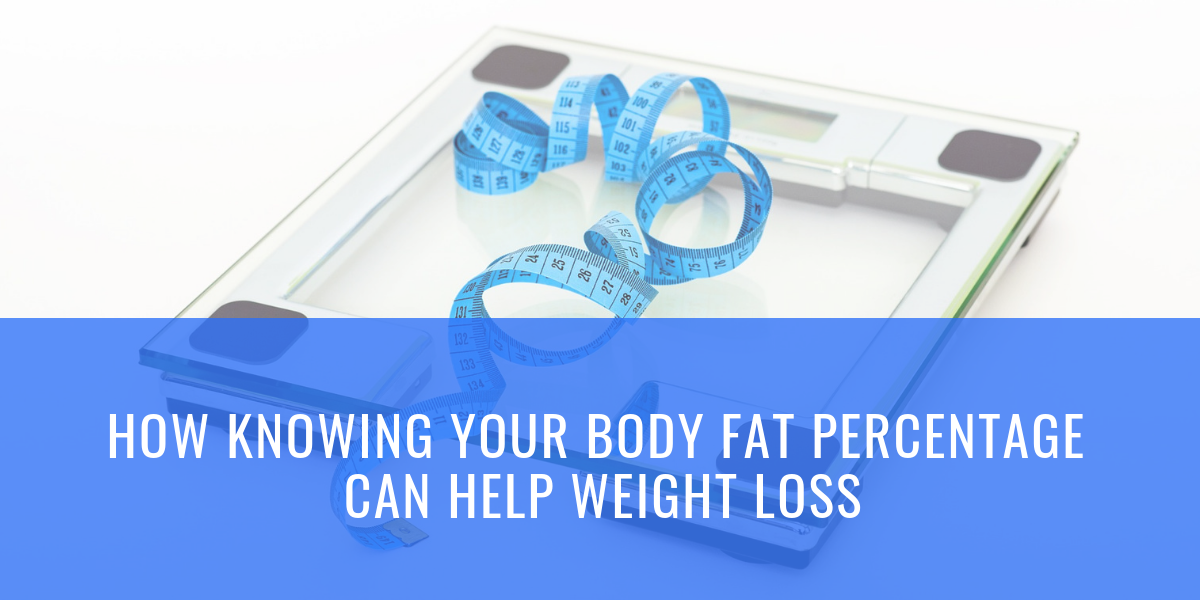
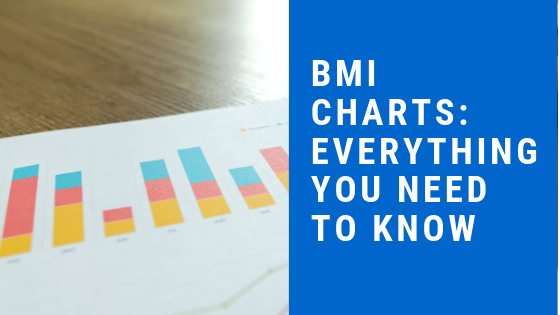
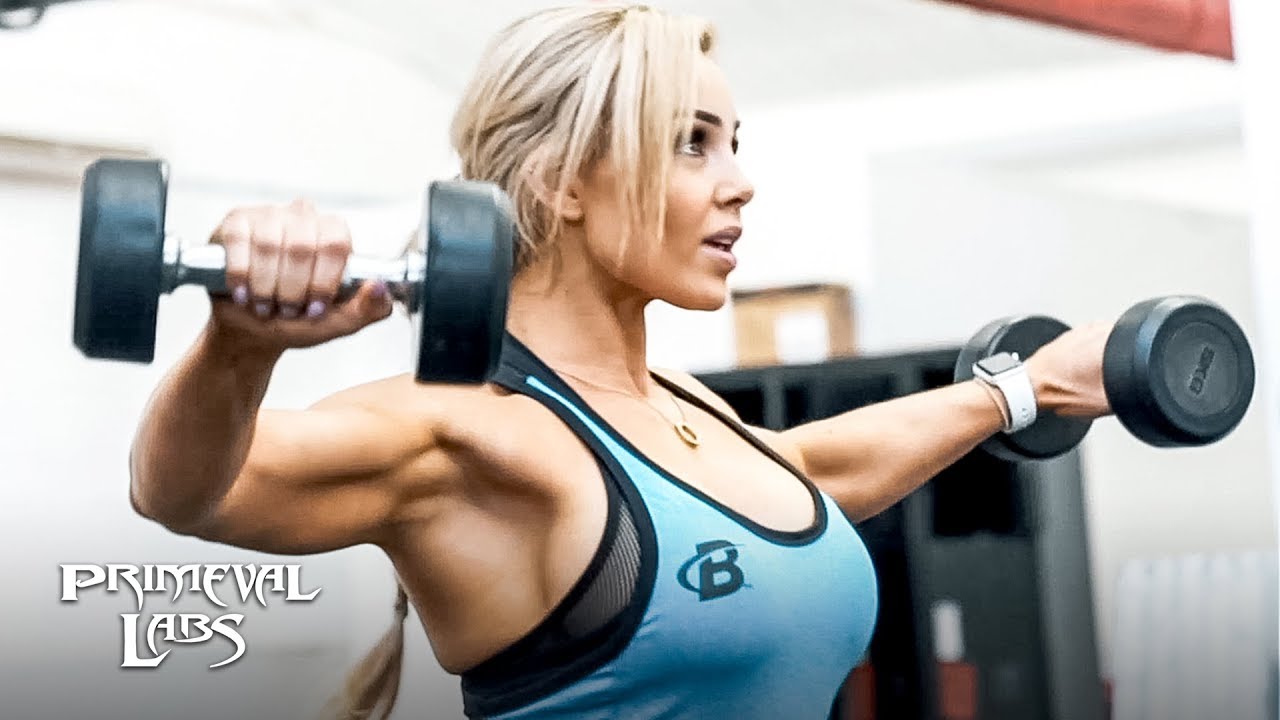
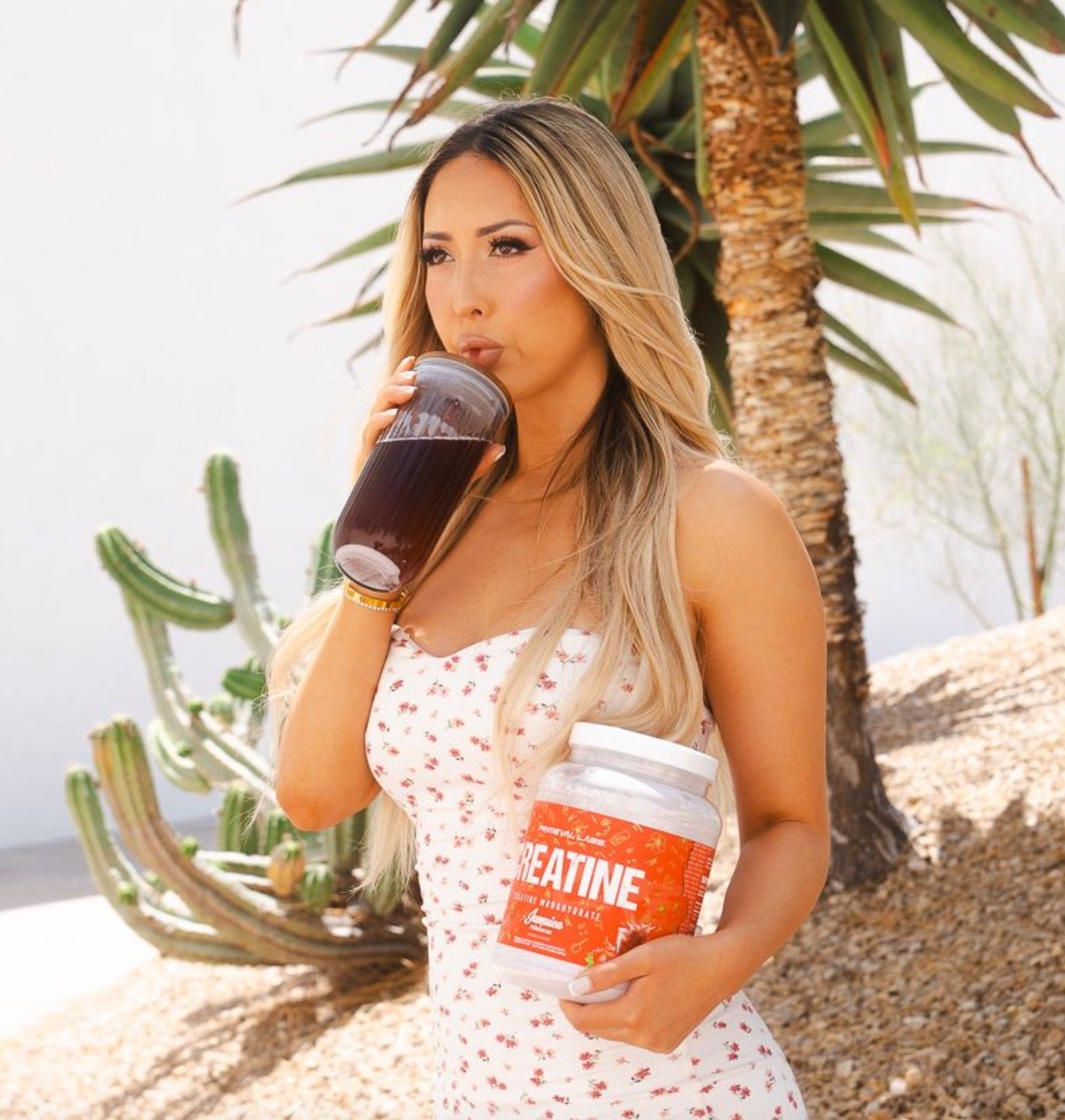
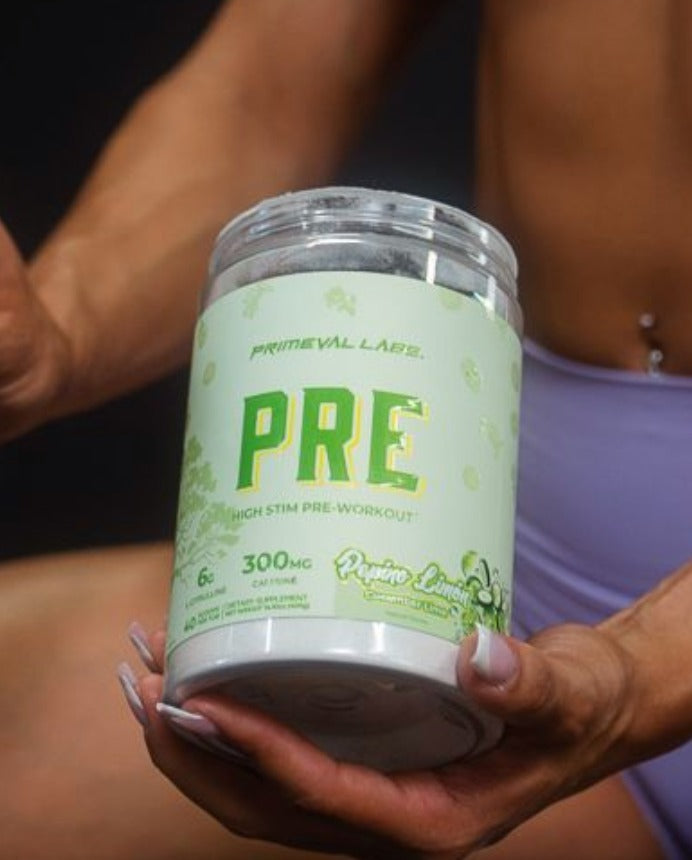
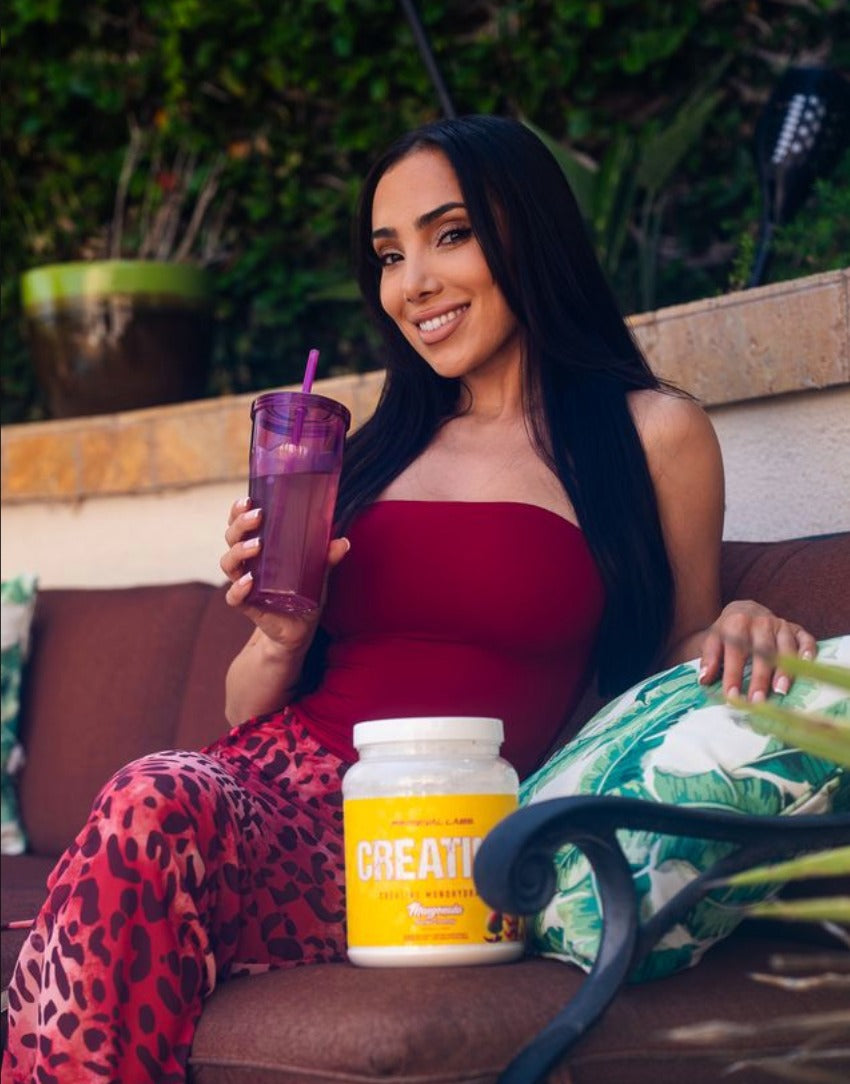
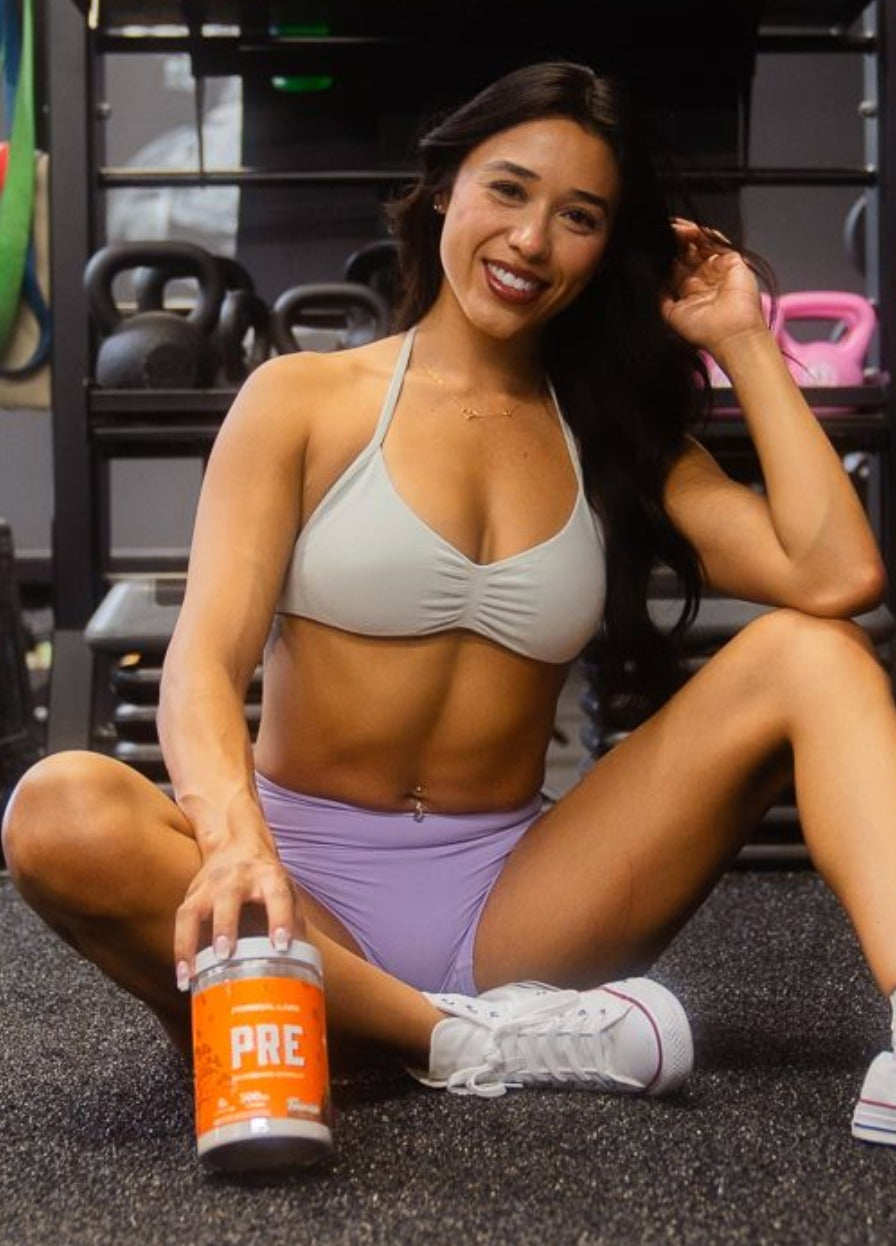
Leave a comment
This site is protected by hCaptcha and the hCaptcha Privacy Policy and Terms of Service apply.